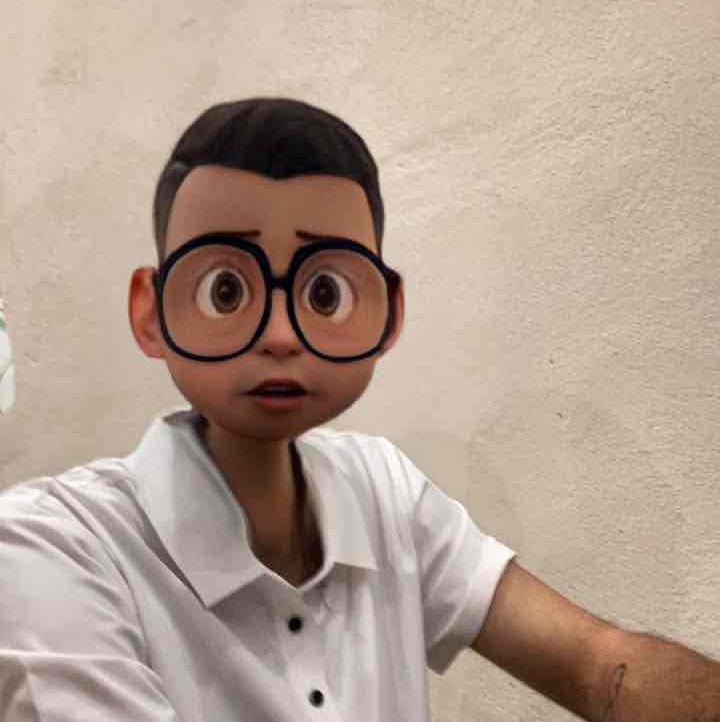
arwinraw
@arwinrawh
435 Following
41 Followers
2 replies
0 recast
0 reaction
4 replies
0 recast
2 reactions
2 replies
0 recast
0 reaction
2 replies
0 recast
0 reaction
1 reply
0 recast
1 reaction
0 reply
0 recast
0 reaction
2 replies
0 recast
0 reaction
8 replies
0 recast
0 reaction
0 reply
0 recast
30 reactions
0 reply
0 recast
0 reaction
Persian art, often synonymous with Iranian art, refers specifically to the artistic traditions that emerged from Persia, the historical region corresponding largely to modern-day Iran. Persian art is renowned for its distinctive style, intricate detail, and cultural depth, reflecting the region’s rich history and diverse influences. Here’s an overview of key elements of Persian art across various periods:
### 1. Pre-Islamic Persian Art
- Achaemenid Empire (c. 550–330 BCE): The Achaemenid period is known for its monumental architecture and reliefs, such as those at Persepolis. Art from this period often depicted processional scenes, royal audiences, and mythological figures. The craftsmanship of stone carving, metalwork, and jewelry was highly sophisticated, combining influences from across the vast Achaemenid Empire.
- Parthian (c. 247 BCE–224 CE) and Sassanian Empires (224–651 CE): Art from the 4 replies
0 recast
47 reactions
1 reply
0 recast
0 reaction
5 replies
0 recast
1 reaction
1 reply
0 recast
0 reaction
Art is a broad and diverse field that encompasses various forms of creative expression, including visual arts, music, literature, dance, theater, film, and more. Visual arts alone include mediums like painting, drawing, sculpture, photography, and digital art, among others. Art can convey emotions, tell stories, provoke thought, or simply provide aesthetic pleasure. It often reflects cultural, social, and historical contexts, and can serve as a powerful tool for communication and self-expression.
If you're interested in a specific type or aspect of art, let me know! 7 replies
1 recast
0 reaction
20 replies
1 recast
2 reactions